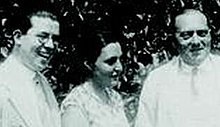
Gábor Szegő was a Hungarian-American mathematician. He was one of the foremost mathematical analysts of his generation and made fundamental contributions to the theory of orthogonal polynomials and Toeplitz matrices building on the work of his contemporary Otto Toeplitz.
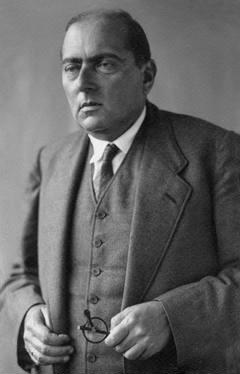
Otto Toeplitz was a German mathematician working in functional analysis.

Hans Hahn was an Austrian mathematician and philosopher who made contributions to functional analysis, topology, set theory, the calculus of variations, real analysis, and order theory. In philosophy he was among the main logical positivists of the Vienna Circle.

Yuri Ivanovich Manin was a Russian mathematician, known for work in algebraic geometry and diophantine geometry, and many expository works ranging from mathematical logic to theoretical physics.

Hans Lewy was an American mathematician, known for his work on partial differential equations and on the theory of functions of several complex variables.
Hans Adolph Rademacher was a German-born American mathematician, known for work in mathematical analysis and number theory.
In mathematics, a Hilbert modular surface or Hilbert–Blumenthal surface is an algebraic surface obtained by taking a quotient of a product of two copies of the upper half-plane by a Hilbert modular group. More generally, a Hilbert modular variety is an algebraic variety obtained by taking a quotient of a product of multiple copies of the upper half-plane by a Hilbert modular group.

Kurt Otto Friedrichs was a German-American mathematician. He was the co-founder of the Courant Institute at New York University, and a recipient of the National Medal of Science.

Rose Rand was an Austrian-American logician and philosopher. She was a member of the Vienna Circle.
Bhama Srinivasan is a mathematician known for her work in the representation theory of finite groups. Her contributions were honored with the 1990 Noether Lecture. She served as president of the Association for Women in Mathematics from 1981 to 1983.

Helmut Ulm was a German mathematician who established the classification of countable periodic abelian groups by means of their Ulm invariants.
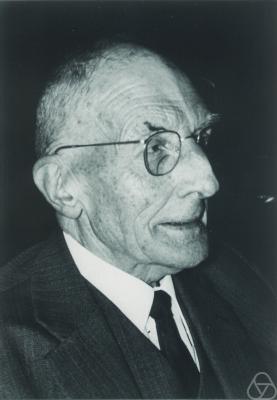
Otto Haupt was a German mathematician.

Friedrich Otto Rudolf Sturm was a German mathematician. His Ph.D. advisor was Heinrich Eduard Schroeter, and Otto Toeplitz was one of his Ph.D. students. His best ever proposal type claim is commonly known as "Sturm's Theorem" based on finding the complex imaginary roots of an infinite arbitrary-integer series.

Peter Slodowy was a German mathematician who worked on singularity theory and algebraic geometry.
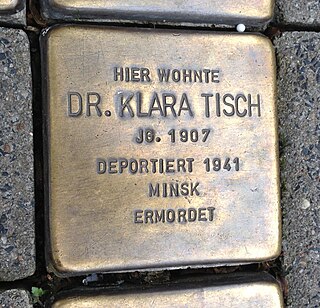
Cläre Tisch, also "Kläre Tisch" or "Klara Tisch," was a German economist.
Louis Lazarus Silverman was an American mathematician, the first person to receive a Ph.D. in mathematics from an academic institution in the state of Missouri.

Friedrich Bachmann was a German mathematician who specialised in geometry and group theory.
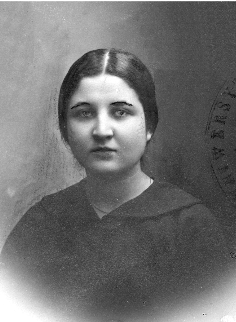
Stanisława Nikodym was a Polish mathematician and artist. She is known for her results in continuum theory, especially on Jordanian continuums.
Erich Hans Rothe was a German-born American mathematician, who did research in mathematical analysis, differential equations, integral equations, and mathematical physics. He is known for the Rothe method used for solving evolution equations.
Elisabeth Ottilie Marianne Bormann was an Austrian physicist and assistant to Max Born. She was involved in measuring the free path of atoms in gases and the size of molecules.
